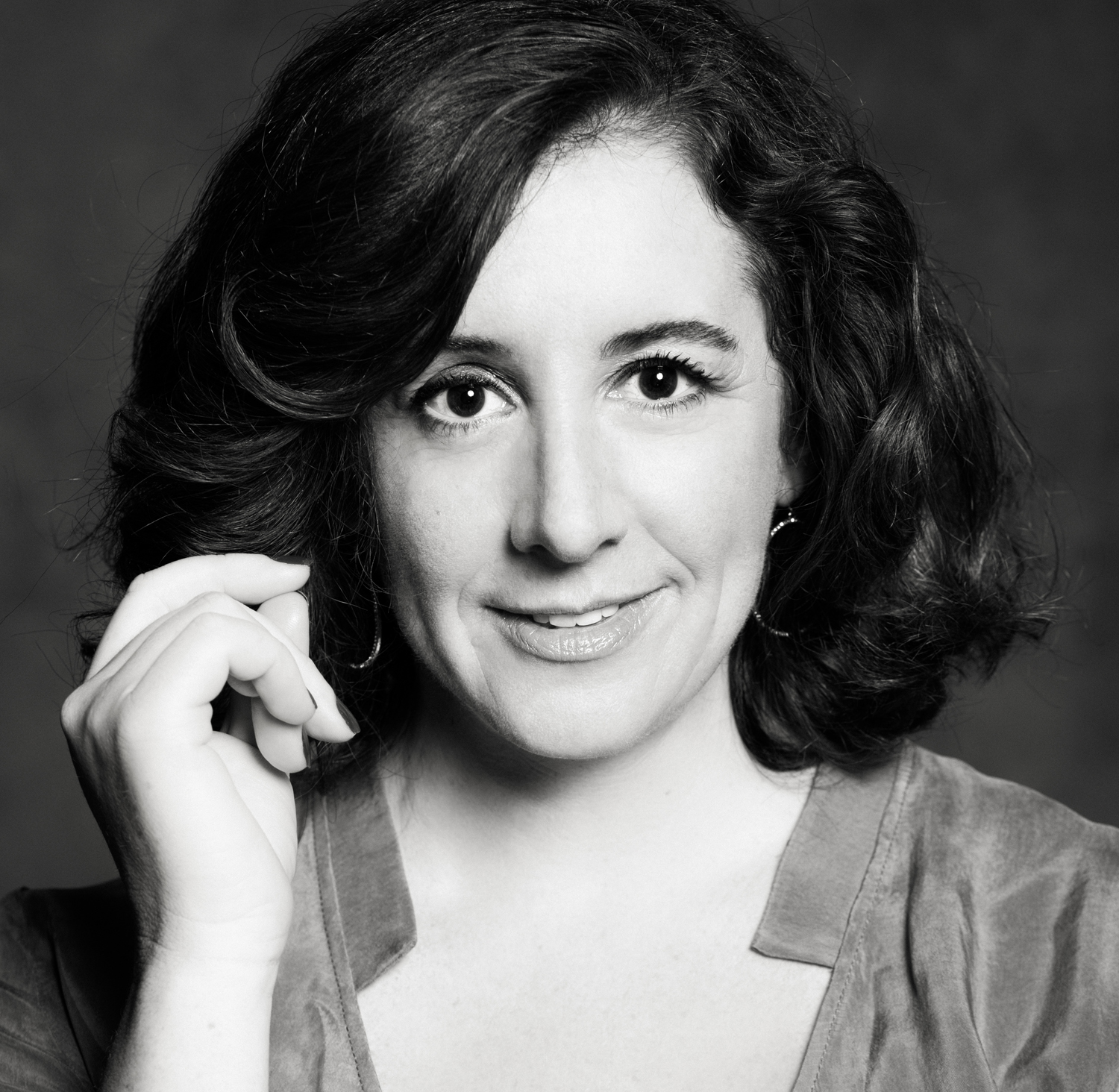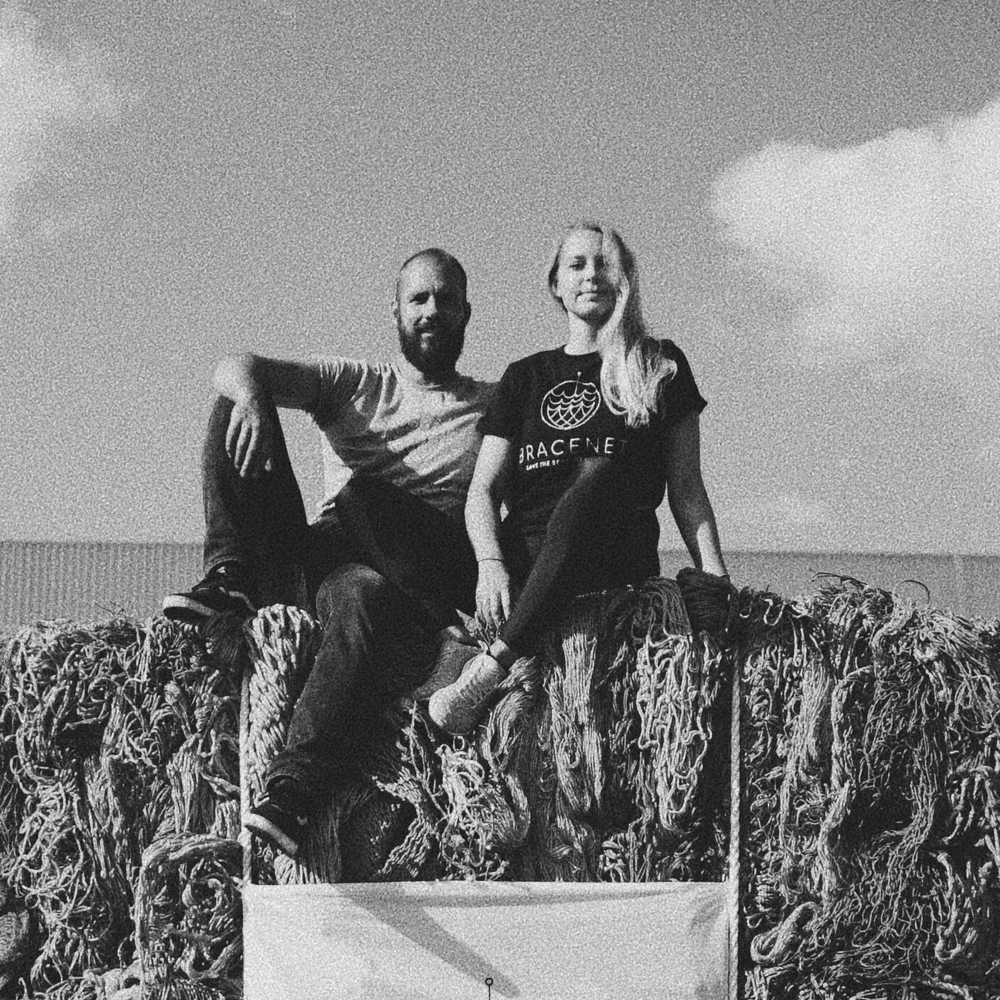In the latest of our exclusive Healthy Seas Web Labs we take a deep dive into entrepreneurship that puts the planet first. Our subject is Bracenet, a Healthy Seas partner that has gone from impact startup to a successful global company that is helping to shift the dial on ghost net pollution.
In this session we find out the secrets of turning your desire to do good into a successful sustainable business? Where are the opportunities? How is this audience growing? How did Bracenet build such a successful partnership with Healthy Seas? What mindset is needed and what plans does Bracenet have for the future?
If you are an impact entrepreneur or startup pioneer determined to break the make-take-waste linear model and to serve a growing environmentally aware audience, this is for you!
Monday, September 14th, 4pm CEST
Startups to save the seas. Meet the Ocean impact entrepreneurs!
Coming up on September 28th…look out for our Web Lab with Carvico and Jersey Lomellina!

About Lucy Siegle
Lucy Siegle is a writer, broadcaster and journalist on nature and climate. In her work she often follows supply chains to expose climate and social justice issues. Her book To Die For: Is Fashion Wearing out the World saw her unravel the environmental and social footprint of the global fashion industry and forms the basis of The True Cost, the Netflix feature documentary on the same subject. Lucy co-founded the Green Carpet Challenge with Livia Firth and for 14 years was an environmental columnist for The Observer Magazine. She appears as a rare presenter who talks about environmental issues on prime time shows, namely The One Show and ITV’s Tonight programme. Her book, Turning the Tide on Plastic: How Humanity (and you) Can Make Our Globe Clean Again is published by Orion. She is a trustee for Cornish based ocean charity, Surfers Against Sewage, chair of the Real Circularity Coalition that campaigns for a green and circular economy.

About Madeleine von Hohenthal & Benjamin Wenke, Bracenet
In 2015, Madeleine and Benjamin became aware of the problem of ghost nets during a joint vacation in East Africa. They wanted to tackle the problem- but how? They returned home with a suitcase full of ghost nets and a head full of questions. Then they came across the work of Healthy Seas. After much trial and error, they found the solution was on their wrists: the Bracenet. From running Bracenet alongside their regular jobs, they now concentrate full time on their purpose driven solutions to ocean pollution. Today Bracenet comprises a team of 35 and have helped to build awareness all over the globe, while turning trash into treasured objects.


